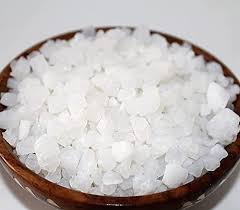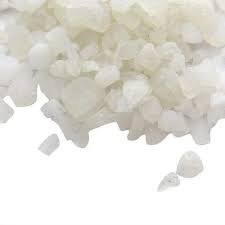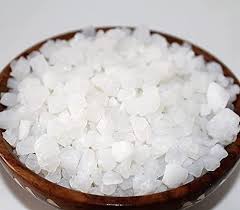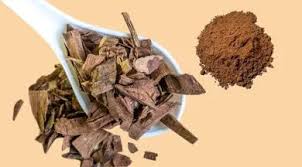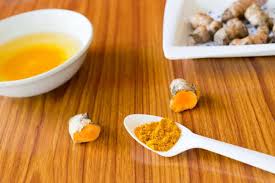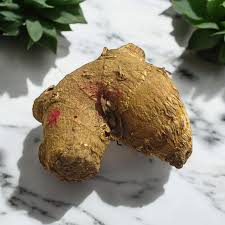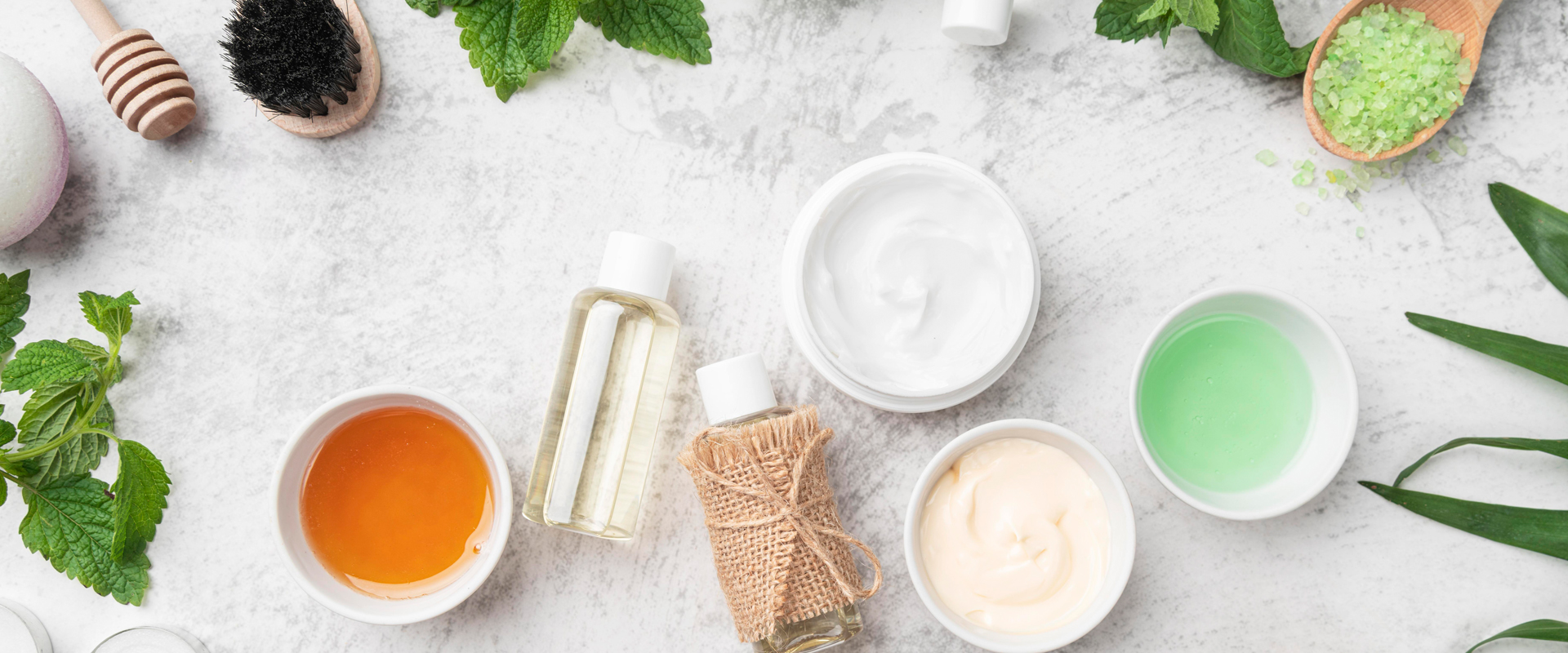
Ayurveda for Pain Relief: Natural Healing Methods That Work
Pain is a common issue that affects millions of people worldwide, whether it’s chronic pain, joint discomfort, muscle aches, or inflammation. Ayurveda, the ancient Indian system of medicine, provides holistic solutions for pain relief that address the root cause of discomfort. At Dirghaanshi, we explore how Ayurvedic practices, herbs, and treatments can help manage and relieve pain naturally, without relying on harmful chemicals or pharmaceuticals.
Ayurveda views pain as a sign of imbalance within the body, often caused by excess Vata, Pitta, or Kapha doshas. The primary goal of Ayurvedic pain relief is to restore harmony within the body’s energies and promote healing from within. Rather than just masking the pain, Ayurveda targets the root cause, using natural remedies and treatments that work in harmony with the body’s natural processes.
Effective Ayurvedic Methods for Pain Relief:
-
Ayurvedic Herbs for Pain Relief: Ayurvedic herbs are widely used for their anti-inflammatory, analgesic, and healing properties. Some of the most effective herbs for pain relief include:
- Turmeric (Curcuma longa): Known for its powerful anti-inflammatory and antioxidant properties, turmeric contains curcumin, which helps reduce pain and inflammation. It is often used to treat conditions like arthritis and muscle pain.
- Ashwagandha: This adaptogenic herb is known to reduce stress and inflammation while promoting overall well-being. It’s often used to relieve chronic pain, particularly in conditions like fibromyalgia and arthritis.
- Ginger: Ginger has natural anti-inflammatory properties and is often used in Ayurvedic treatments to reduce joint pain, muscle pain, and inflammation.
- Boswellia (Indian frankincense): Boswellia is another potent anti-inflammatory herb used in Ayurveda to treat joint pain and osteoarthritis by improving blood circulation and reducing inflammation.
- Tulsi (Holy Basil): Tulsi is used to alleviate headaches, migraines, and tension-related pain, providing relief through its anti-inflammatory and pain-relieving properties.
-
Panchakarma Therapy for Pain Relief: Panchakarma, an Ayurvedic detoxification therapy, is designed to remove toxins from the body that may be causing or aggravating pain. This therapy includes a series of cleansing treatments such as oil massages, steam therapy, and nasal drops, aimed at promoting circulation, detoxifying tissues, and reducing inflammation.
- Abhyanga (Oil Massage): Abhyanga is a soothing full-body massage using medicated oils that help relieve muscle tension, improve blood circulation, and reduce pain. The use of warm oils helps in restoring the balance of the doshas and alleviating pain caused by inflammation or stiffness.
- Shirodhara: This treatment involves gently pouring warm herbal oil over the forehead to calm the nervous system and relieve headache or migraine pain.
-
Ayurvedic Oils and Balms for Pain: Ayurvedic oils and balms are widely used for localized pain relief. Some of the best Ayurvedic oils for pain include:
- Mahanarayan Oil: Known for its effectiveness in treating joint pain, inflammation, and muscle stiffness, Mahanarayan oil is massaged into affected areas to relieve pain and promote mobility.
- Narayan Taila: This herbal oil is used to treat inflammatory conditions such as arthritis, rheumatism, and sciatica.
- Eucalyptus Oil: With its cooling properties, eucalyptus oil is used to relieve muscle pain and joint discomfort, especially when massaged into sore muscles.
-
Ayurvedic Diet for Pain Management: In Ayurveda, diet plays a crucial role in managing pain. The right foods can help reduce inflammation, improve circulation, and support the body’s healing process. Some dietary recommendations for pain relief include:
- Anti-inflammatory foods: Eating foods like turmeric, ginger, garlic, and green leafy vegetables can help fight inflammation and relieve pain naturally.
- Warm, easily digestible meals: Warm soups, stews, and grain-based meals help soothe Vata and Pitta imbalances, which are often linked to pain and stiffness in the body.
- Hydration: Drinking warm herbal teas such as ginger tea, turmeric tea, or peppermint tea can help flush out toxins, reduce inflammation, and relieve pain.
-
Yoga and Pranayama for Pain Relief: Ayurveda recommends incorporating yoga and pranayama (breathing exercises) into your daily routine to alleviate pain and promote healing. Specific poses and breathing techniques can help stretch tight muscles, improve blood circulation, and calm the mind, which in turn helps reduce the perception of pain.
- Gentle Yoga: Practices like Hatha Yoga or Restorative Yoga can help alleviate chronic pain, improve flexibility, and relieve muscle tension.
- Pranayama: Breathing exercises like Nadi Shodhana (alternate nostril breathing) and Bhramari (humming bee breath) help calm the nervous system and reduce stress, which can contribute to pain.
-
Detoxification and Cleansing: In Ayurveda, toxins (known as ama) build up in the body over time and can contribute to pain and inflammation. Regular detoxification through practices like fasting, herbal cleansing, and Panchakarma is recommended to clear out toxins, restore balance, and reduce pain. This process not only helps relieve pain but also improves overall health and vitality.
-
Stress Management with Ayurveda: Emotional and psychological stress can exacerbate physical pain. Ayurveda emphasizes the importance of managing stress through practices like meditation, mindfulness, and Ayurvedic herbs such as Ashwagandha and Brahmi, which calm the mind and help reduce the intensity of pain. Chronic pain often worsens with stress, so managing your mental health is key to pain relief.
-
Rest and Sleep: Adequate rest is crucial for pain management. Ayurveda recommends following a regular sleep schedule and ensuring that you get restful, rejuvenating sleep to allow your body to repair itself. Sleep disturbances often contribute to chronic pain, so adopting Ayurvedic sleep practices such as a calming bedtime routine and using soothing oils like lavender or sandalwood can help promote restful sleep.
Benefits of Ayurvedic Pain Relief:
- Holistic Approach: Ayurveda treats the root cause of pain, addressing both physical and mental factors.
- Natural Remedies: Ayurvedic herbs and treatments provide natural, non-invasive solutions for pain relief without harmful side effects.
- Long-term Healing: Ayurvedic treatments aim to provide long-term relief by balancing the body’s doshas and promoting overall health.
- Reduced Inflammation: Ayurvedic practices and herbs help reduce inflammation, one of the main causes of pain.
- Improved Mobility and Flexibility: Regular Ayurvedic treatments and exercises improve joint health and mobility, reducing stiffness and discomfort.
By integrating Ayurvedic pain relief practices into your routine, you can experience lasting comfort and improved quality of life.



